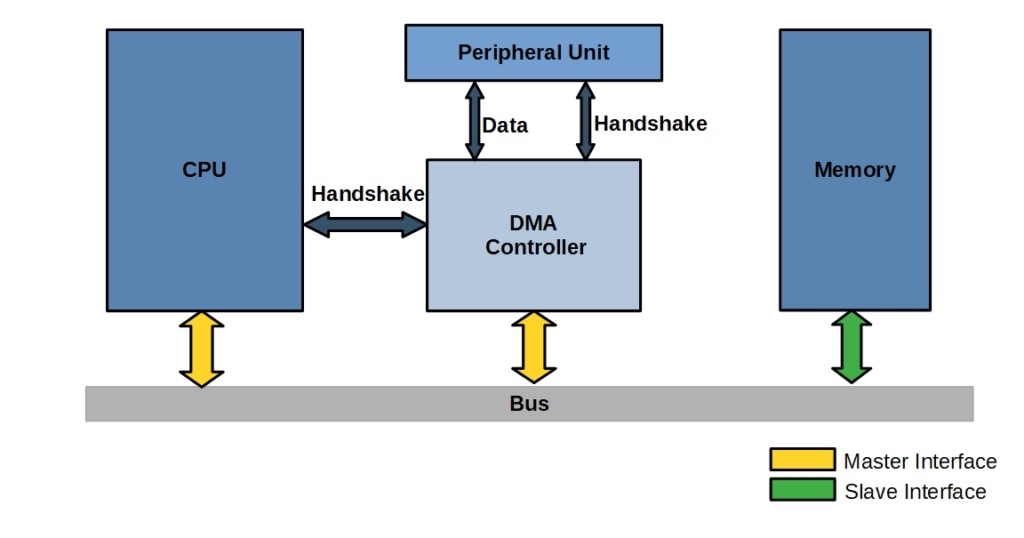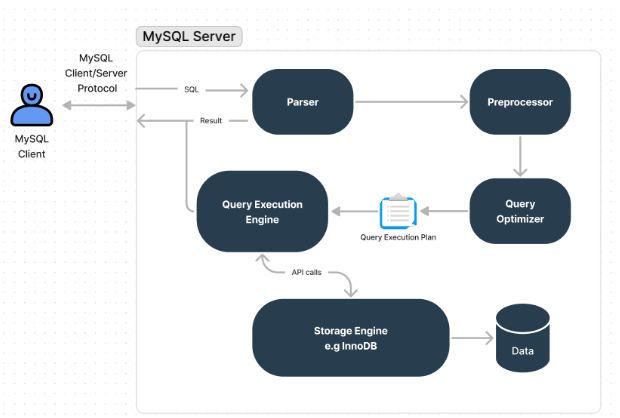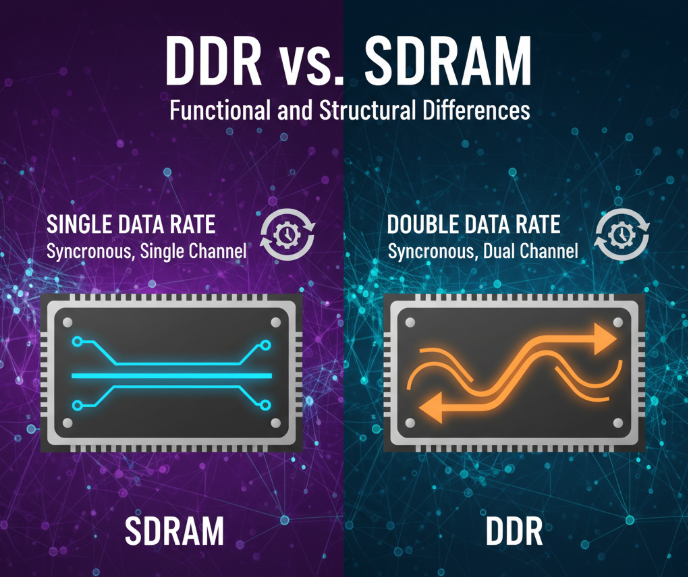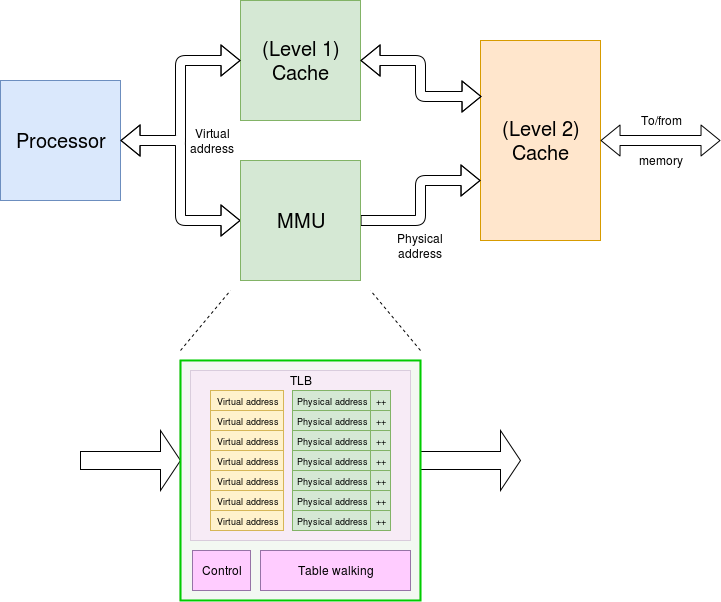The race to scale 3D NAND flash to over 400 layers is accelerating, with hybrid bonding emerging as a critical technology. Samsung has signed a patent licensing agreement with Yangtze Memory to use its hybrid bonding technology, starting with its 10th-generation (V10) NAND, signaling a shift in the industry toward advanced stacking solutions.
Samsung¡¯s Adoption of Hybrid Bonding
Samsung plans to mass-produce its V10 NAND, featuring 420¨C430 layers, in the second half of 2025. Previously, Samsung relied on a Cell-on-Peripheral (COP) structure, placing peripheral circuits on a single wafer with memory cells stacked above. However, as layer counts exceed 400, the stress on underlying circuits compromises reliability. To address this, Samsung will adopt Wafer-to-Wafer (W2W) hybrid bonding, which eliminates traditional microbump connections, shortening electrical paths, enhancing performance, and improving thermal efficiency while boosting production efficiency.
Yangtze Memory¡¯s Xtacking Technology
Yangtze Memory¡¯s hybrid bonding technology, branded as Xtacking, was introduced four years ago for 3D NAND manufacturing and is now in its 4.x iteration. Unlike traditional 3D NAND architectures¡ªparallel or CMOS-under-Array (CuA)¡ªXtacking fabricates peripheral circuits and memory cells on separate wafers, bonded via billions of vertical interconnect access (VIA) channels in a single step. This approach reduces chip area by approximately 25%, as peripheral circuits, which typically occupy 20¨C30% of the die, are stacked above the memory cells, achieving higher storage density.
Xtacking enables parallel, modular design and manufacturing, cutting product development time by three months and production cycles by 20%. It also supports advanced logic processes for faster I/O speeds and additional NAND features, paving the way for customized flash solutions. The latest Xtacking 4.x, used in Yangtze Memory¡¯s 294-layer (232 active layers) 3D TLC NAND, achieves an industry-leading bit density above 20 Gbit/mm2, as seen in the Zhitai TiPro9000 SSD.
Advantages of Xtacking in 3D NAND
Xtacking¡¯s ability to connect billions of metal channels within a fingernail-sized area ensures reliability comparable to single-wafer processing. By enabling independent fabrication of memory and logic, it supports cost-effective scaling and innovation. The second-generation Xtacking 2.0 enhances throughput, system-level storage performance, and opens new possibilities for customized flash memory business models, giving Yangtze Memory a competitive edge in cost and scalability as layer counts rise.
Patent Landscape and Industry Impact
The majority of 3D NAND hybrid bonding patents are held by Yangtze Memory, Xperi, and TSMC. Yangtze Memory¡¯s extensive patent portfolio, built through years of R&D and acquisitions like Xperi¡¯s DBI technology, has made its Xtacking technology difficult to bypass for 400+ layer NAND. Samsung¡¯s licensing agreement reflects this reality, and SK Hynix, also developing 400+ layer NAND, may need similar agreements to leverage hybrid bonding.
Yangtze Memory¡¯s leadership in hybrid bonding stems from nearly a decade of 3D IC research and four years of validation, positioning it as a key player in the global NAND market. Its ability to commercialize high-density NAND, such as the 270-layer 3D TLC, underscores its technological edge, despite challenges from international competitors.
Conclusion
Hybrid bonding, exemplified by Yangtze Memory¡¯s Xtacking, is transforming 3D NAND as layer counts surpass 400. Samsung¡¯s adoption of this technology for its V10 NAND, alongside potential moves by SK Hynix, highlights its necessity for reliable, high-density memory. With superior density, performance, and scalability, Xtacking is set to drive the future of NAND flash, offering significant advantages in cost, efficiency, and innovation for next-generation storage solutions.
 ALLPCB
ALLPCB







